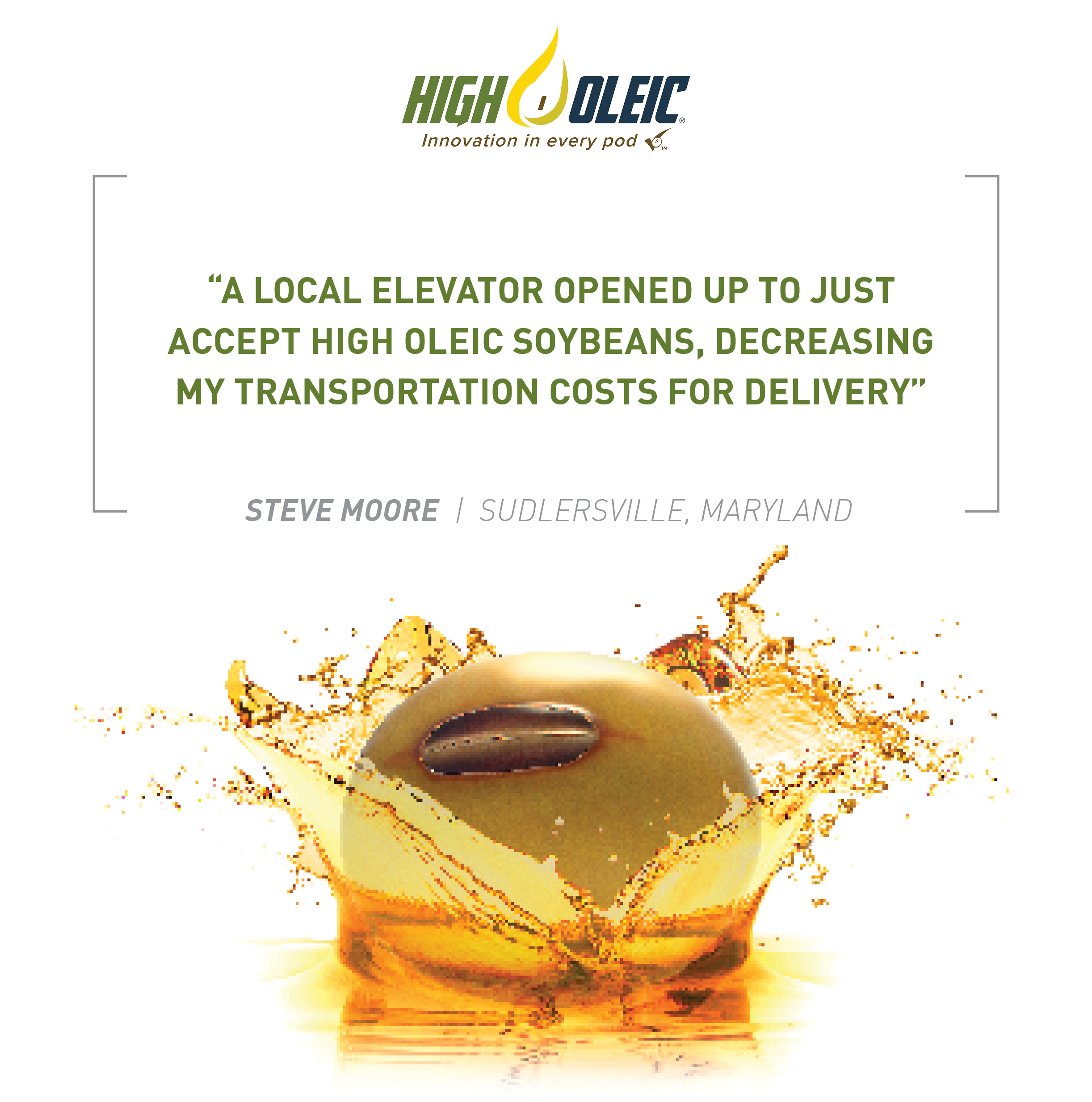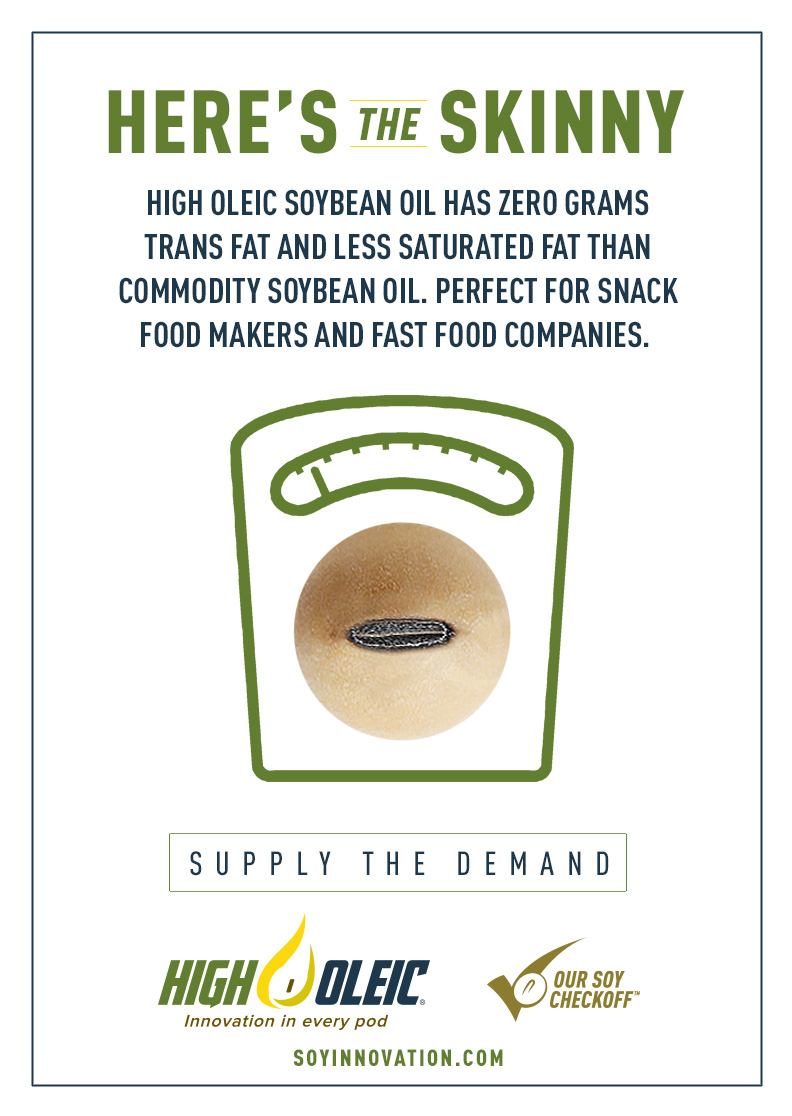Increased Processors Cut Farmer Transportation Costs

For many farmers, growing high oleic is an attractive alternative to commodity soybeans. They produce competitive yields, and offer high oleic farmers more profit potential. As the overall market for high oleic soybeans continues to grow, farmers are taking note of the added benefits of producing them, and processors are, too.
As more processers expand their acceptance of high oleic soybeans, the easier it is for farmers who may be hesitant about growing them to hop on board. As additional delivery locations open up, famers will have increased opportunities to deliver at their local elevator or processor. This will eliminate the need to drive long distances and decrease transportation costs.
“One of the reasons I choose to plant high oleic is because the delivery point is close,” says Maryland farmer Steve Moore. “A local elevator opened up to just accept high oleic soybeans, decreasing my transportation costs for delivery.”

Since Moore’s elevator is close by, he can reap the benefits of growing a premium product. Instead of having that money go toward transportation costs, he can put the premium toward something else.
“I actually have to go farther to deliver my commodity soybeans than I do the high oleic,” he comments. “Especially with today’s prices, every mile makes a difference.”
The growth in processors who accept high oleic soybeans is helping to strengthen the market for end users. As more farmers decide to grow high oleic, buyers are motivated to increase their demand. By increasing total supply, it will provide end users with the consistent and reliable supply they are hoping for.
While many processors do accept high oleic, there is still more room for growth. Those who already take it keep wanting more.
“My local crusher wants all the high oleic soy it can get,” he says. “The market potential is impressive.”
So far, more than 500 restaurants and food companies have tested high oleic soybean oil in their kitchens. It contains less saturated fat, 0g trans fat and does not alter the taste of food.

To ensure end users get the product they want, farmers and processors need to keep working together. The more people on board, the bigger the impact high oleic can make. If you are interested in growing high oleic soybeans, talk to your seed rep or your local processor about accepting high oleic.



